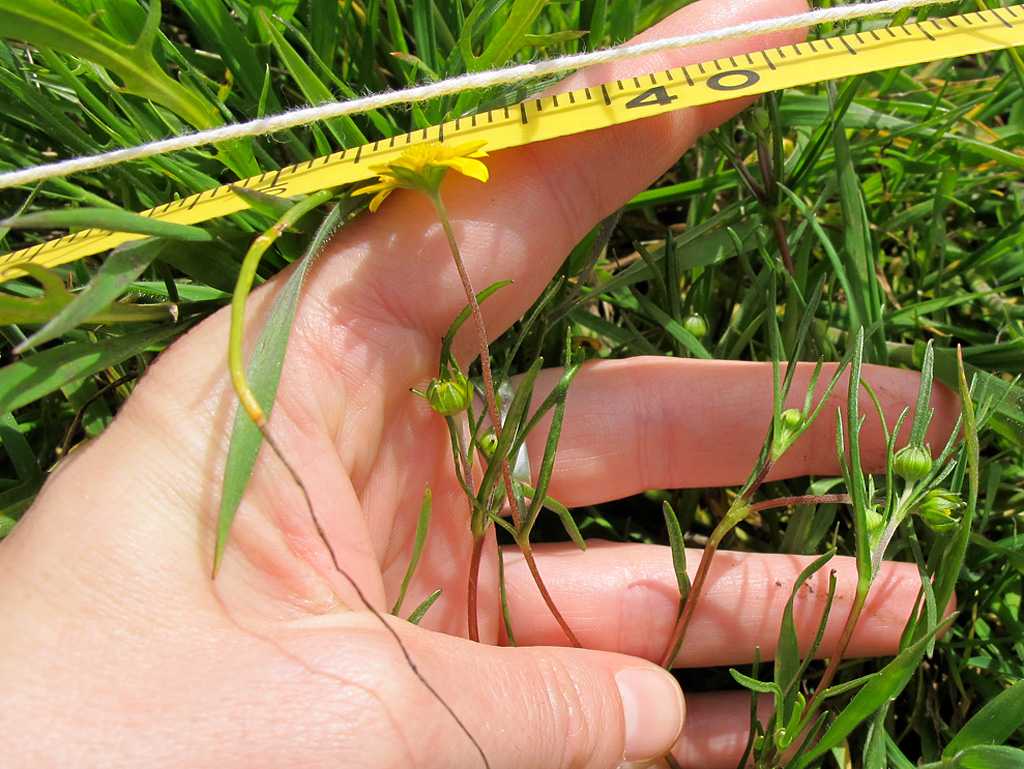Ecological specialization of cryptic species on a serpentine outcrop

Summary
For plants, the soil environment is a major habitat factor and can be extremely important in plant speciation. Jasper Ridge is home to an extensive serpentine outcrop occupied by two superficially indistinguishable species of Lasthenia(Asteraceae), L. californica and L. gracilis. We are interested in how these two "cryptic" species have co-occurred for the last 30 years without apparent hybridization along a 60-meter serpentine outcrop.
We conducted a reciprocal transplant across the abrupt boundary of L. californica and L. gracilis to determine if selection maintains their distributions. We have found evidence for local adaptation in both species. When moved out of their native region of the outcrop, each species has lower survival and those that survive set fewer viable seeds. We collected soil every two weeks to determine if the dynamic nature of soil chemistry explains the timing of death in the transplanted individuals. Our work shows that Ca:Mg and Na:K ratios and volumetric water content are significantly different across the regions through time. These subtle differences in serpentine soil chemistry can have dramatic effects on plant distributions over small spatial scales.
We sought to determine if there was dispersal between the top and bottom of the outcrop. We genotyped germinating plants at 0.2 meter intervals from November through March (from 30m-50m) to look for evidence of dispersal across the abrupt species boundary. Our results suggest that if seeds are dispersing into the adjacent region of the outcrop, selection is weeding them out early in the season.
Throughout California, we have identified a number of mixed sites where the two cryptic species co-occur. Our future work will attempt to elucidate the ways in which adaptation to subtle soil changes can maintain or promote divergence in populations of Lasthenia.
Project Location (Sector 33)
 |  |  |  |  |  |  |  |  |
 |  |  |  |  |  |  |  |  |
 |  |  |  |  |  |  |  |  |
 |  |  |  |  |  |  |  |  |
 |  |  |  |  |  |  |  |  |
 |  |  |  |  |  |  |  |  |
Visible from Trail/Road
9 - Chaparral
F - Grassland Fire Road




